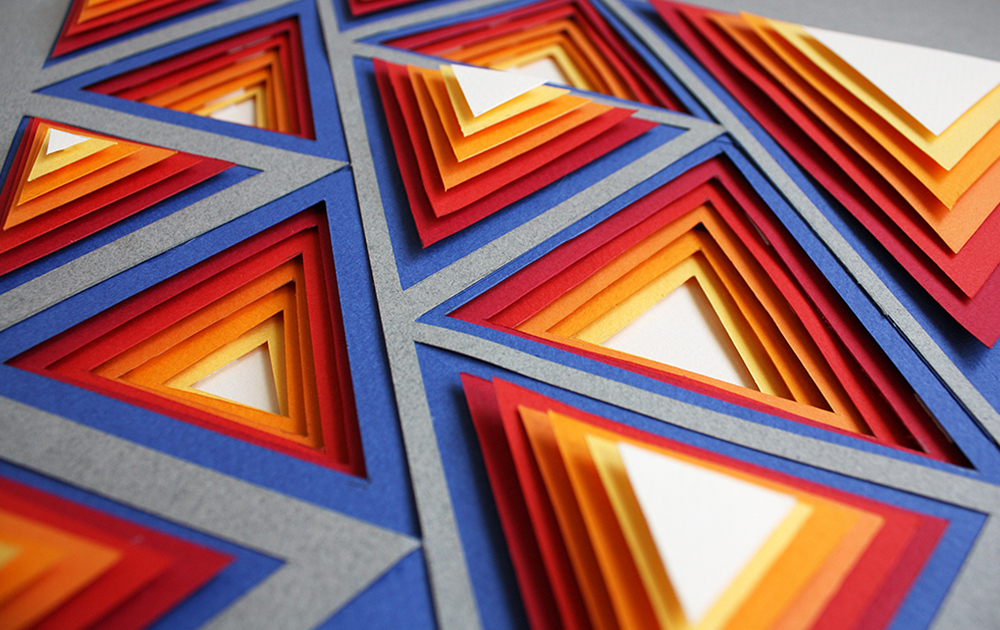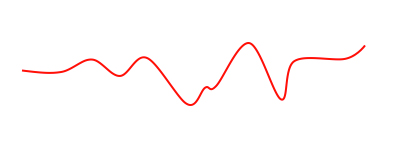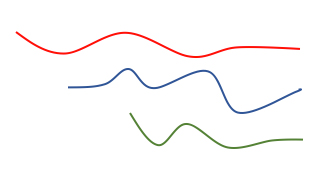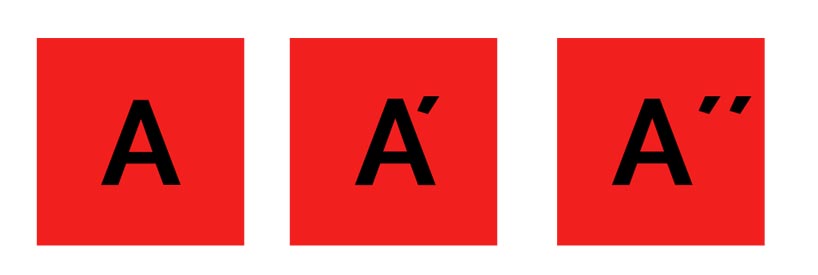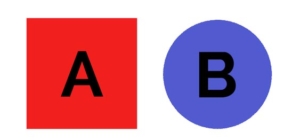TEXTURE AND FORM
Texture is a basic element of music which describes the relationship among different musical voices. The texture of a piece can be affected by three things:
.
The character and number of the melodies being played at once.
.
The timbre of the instruments or voices playing the melodies and harmony.
.
The tempo and rhythm.
.
Texture is the sound density. In music, some common terms for different types of textures are monophonic, homophonic, polyphonic, and accompanied melody.
Musical form is the structure of a musical composition. The main units in a musical composition are the sections, and we mark them using block letters (A, B, C…). The relationship between the sections is the logic of the form. The three fundamental characteristics of musical form are repetition, variation and contrast.
TEXTURE
MONOPHONIC TEXTURE
A melody performed alone is the simplest pattern of musical texture. This is called monophonic texture. Whenever a single melodic voice is present, the texture is monophonic. Remember, a melody performed by one or many musicians represents a single musical voice if the same notes are performed by everyone.
One way to remember the term monophonic is to consider its parts:
“mono” + “phonic” = “monophonic”
“one” + “sound” = “one sound”
Remember, monophonic texture consists of a single melody!
.
Canto gregoriano. Puer natus est
.
HOMOPHONIC TEXTURE
.
Chordal Harmony is characterized by different sounds occurring simultaneously and moving together with similar rhythm. There is a clear vertical relationship between the pitches. When chordal harmony is present, homophonic texture is created.
One way to remember the term homophonic is to consider its parts:
“homo” + “phonic” = “homophonic”
“same” + “sounds” = “same sounds”
.
.
POLYPHONIC TEXTURE
.
In Unit 3 we learned that there’s a harmony when two or more different notes or melodies are performed at the same time. When the multiple melodic voices are independent from one another, we call this texture polyphonic texture. Polyphonic music is also sometimes called contrapuntal music. Polyphonic music may contain an element of imitation, where one voice or instrument copies what has just been played by another.
One way to remember the term polyphonic is to consider its parts:
“poly” + “phonic” = “polyphonic”
“many” + “sounds” = “many sounds”
Remember, polyphonic texture consists of several melodies independent from one another performed together at the same time.
.
.
ACCOMPANIED MELODY
.
Often there is a melodic voice and another group of voices which contain chords. In accompanied melodies, accompanying voices provide chordal support for the lead melodic voice. The excerpt below is a good example:
.
MUSICAL FORM
Musical form is the structure of a musical composition. It depends on the order and type of structural units. The main structural units are called sections. We represent them using capital letters (A, B, C,…) and geometric shapes (square, circle, triangle, etc.)
The logic of the form is the relationship between the sections. There can be three types:
Repetition is when a section is repeated. We represent them with the same letter. (AAA…)
Variation is when some sections are similar to each other but not the same. We represent them with the same letter but add an apostrophe or a number. (A – A1 – A2…)
Contrast is when the sections are different or contrasting. We use different letters in alphabetical order to represent them.
Algunas formas musicales…
STROPHIC FORM
.
STROPHIC FORM is a way of structuring a piece of music based on the repetition of one formal section. A work in strophic form may be analyzed as A A A… or A A’ A”…. Most folk and popular songs are strophic in form.
RONDO FORM
RONDO FORM has a recurring theme alternating with different (usually contrasting) sections called episodes. It may be asymmetrical (ABACADAEA) or symmetrical (ABACABA).
.
.
Musical Form in Popular Music
The structures or musical forms of songs in popular music are typically sectional forms. The more common parts are:
1 Introduction. An introduction is a unique section that comes at the beginning of the piece.
2 Verse. A verse is a poem set with a recurring pattern of both rhyme and meter. Normally verses have the same structure but different lyrics.
3 Pre-chorus. A pre-chorus is a transition section that prepares the entrance of the chorus. The dynamics become more intense and the texture is denser.
4 Chorus. A chorus is the refrain of a song, which often sharply contrasts the verse melodically, rhythmically, and harmonically. It assumes a higher level of dynamics and activity, often with added instrumentation. Normally, a chorus will repeat the music and lyrics.
5 Bridge. A bridge is an interlude that connects two parts of a song, building a harmonic connection between those parts.
6 Instrumental Solo. A solo is a section of reduced instrumentality designed to feature a single performer.














